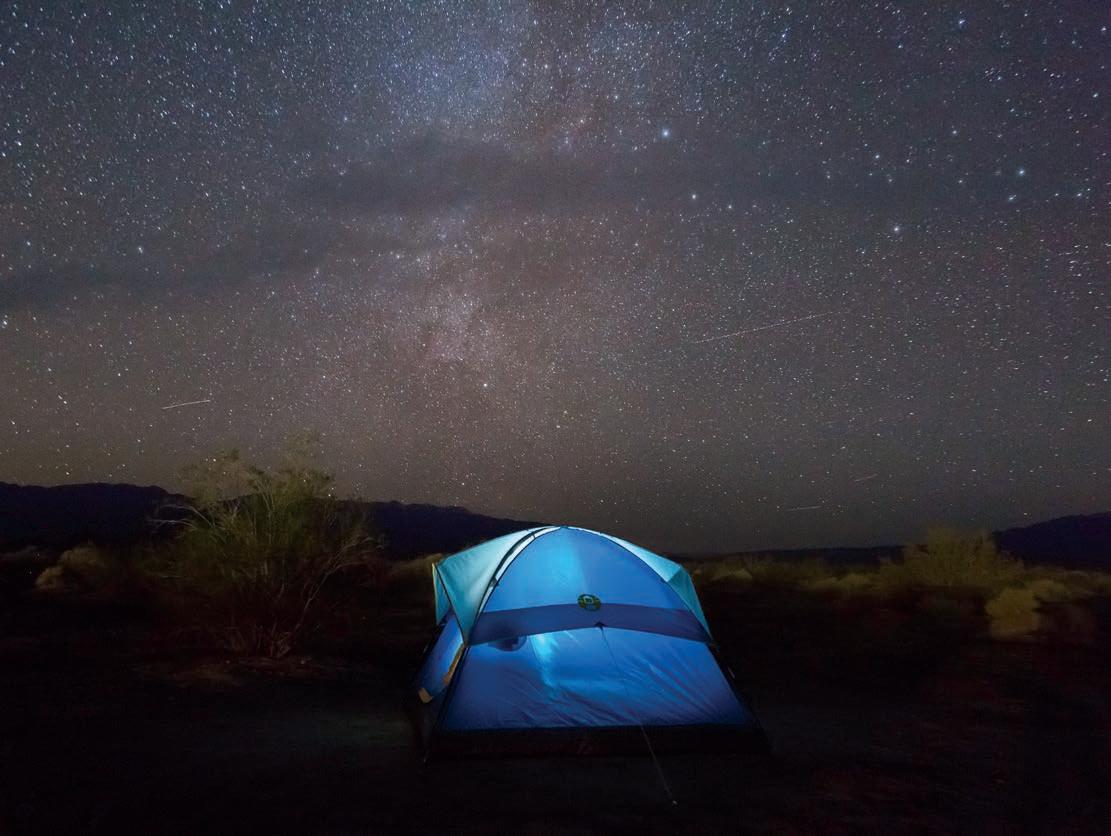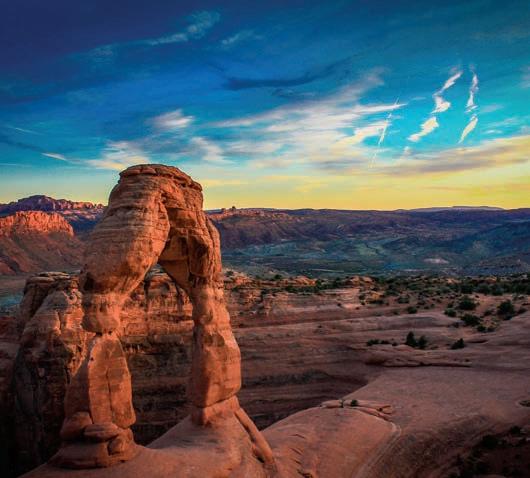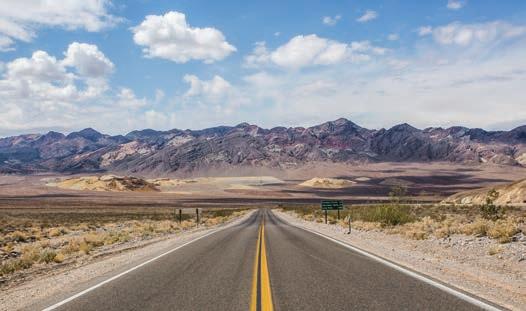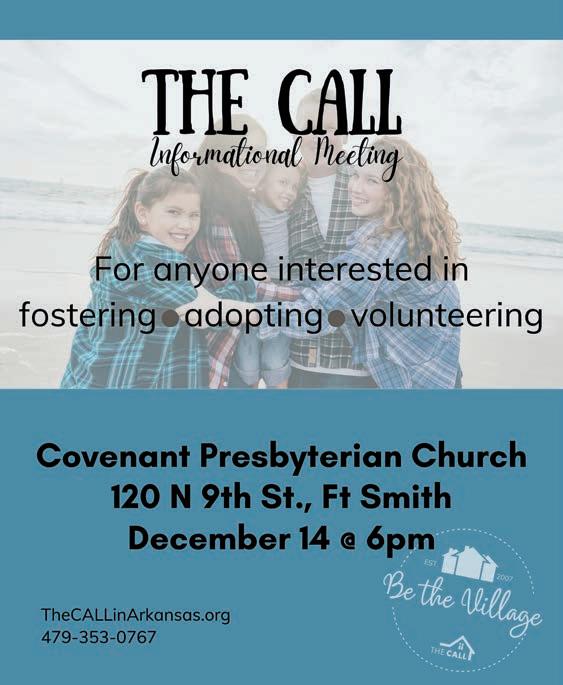
4 minute read
National Vacation
Since 2020, the U.S. National Park Service has seen an unprecedented surge in visitors. In 2020, the total number of people who visited national parks dipped twenty-eight percent from the previous year. But that was solely due to a number of parks being closed for at least two months due to Covid-19 restrictions. For example, Big Bend National Park posted six consecutive months of record visitation after the park reopened in 2020.
That boom in late 2020 continued into 2021 with preliminary data showing an eighteen percent spike over the last pre-pandemic figures from 2019. So how do you manage to enjoy some of our nation’s greatest sights without sitting in traffic that makes Rogers Avenue during holiday shopping season look mild? You go in the winter.
Sure, you could head to Dry Tortugas National Park off the coast of Key West, Haleakala National Park in Hawaii, or Virgin Islands National Park to escape the gray winter days. But the best wintertime parks to hit this time of year are to the west. During the summer, they are insufferably hot and incredibly crowded. Winter brings milder temperatures (often much warmer than in Fort Smith) and more opportunities for solitude.
Here are a few to explore between now and spring.
WORDS Scott Faldon Image Wilson Ye
Image Mick Haupt


Image Solo Travel Goals

Arches National Park – Utah
With more than 2,000 natural stone arches, spires, and balanced rock formations, some of the most beautiful scenery in the world can be found at Arches. Temperatures in the thirties to fifties in the winter provide exceptional hiking opportunities on trails that range from fifteen-minute excursions to more than five hours.
Prime stargazing spots abound the farther away from Moab you drive. Park rangers suggest Balanced Rock Picnic Area, The Windows Section, Garden of Eden Viewpoint and Panorama Point.
Image Alex Donnachie
Zion National Park – Utah
Winters at this park in Utah are usually warm with temps in the fifties. But half of the park’s precipitation falls in the winter, so some trails and roads might be closed due to snow and ice on cold days.
During the summer, the only way into Zion Canyon is via shuttle bus. But when “shuttle season” ends, Zion allows visitors to drive themselves on Zion Canyon Scenic Drive. That short window of time usually runs from January to mid-February. It’s not unusual to not see another hiker on the Zion trails in the winter. Even iconic Angel’s Landing will see few daily visitors during this time.
Image Pietro De Grandi

Death Valley National Park – California
Known as the hottest place in the USA, Death Valley is best visited in the winter – unless 128-degree heat is your thing. During the winter, daytime temperatures are usually in the sixties and seventies. Overnight lows can drop into the low thirties.
With sixteen designated trails in the park, hiking is a big draw in the winter at Death Valley. Must-see sights like Badwater Basin and Mesquite Flat Sand Dunes are much more tolerable as well. Death Valley is a designated dark sky park, which means a lack of light pollution enables visitors to see thousands of more stars than in other parts of the nation. Visitation begins to pick back up after Christmas, so reservations are recommended.
Thanks to the surge in visitors to our national parks, reservations are required at most for camping. That might not be the case in the winter. Covid-19 restrictions are also in place at most parks as well. Visit NPS.gov to check on the guidelines and closures for the park you plan to visit. The site will also have information about local weather conditions affecting park attractions such as scenic drives and hiking trails.

Image Josh Hill
Grand Canyon National Park – Arizona
Winter is often called the “secret season” for the Grand Canyon as low numbers of visitors and cleaner air means better viewing experiences. But visitors should be prepared for dramatic weather changes. Several inches of snow may fall one day, and it be in the mid-fifties the next.
While the North Rim of the world’s most famous canyon is closed in the winter, the South Rim is mostly open. Ranger talks happen at eleven o’clock in the morning Thursday through Monday throughout the year. Mule trips and bicycling are popular in the winter as is hiking. However, the National Park Service must often turn off water spigots on some of the more popular trails due to freezing weather. Take extra water or plan to filter creek water on longer day hikes.

Planning your next outdoor adventure? Visit The Woodsman Company in Fort Smith, Arkansas for all your adventure needs! 5609 Rogers Ave, Suite D, Fort Smith, Arkansas 479.452.3559 | thewoodsmancompany.com












